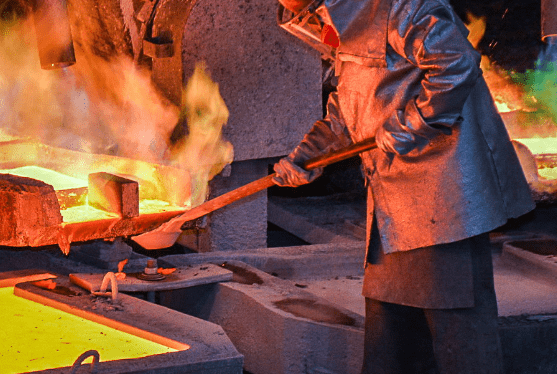The five countries with the largest copper reserves in the world in 2022 were Chile, Australia, Peru, Russia and Mexico, according to estimates by the United States Geological Survey (USGS).
Southern Copper Corporation states that copper is an important component of the global infrastructure chain.
The third most used metal after iron and aluminum, copper has unique chemical and physical properties, such as high ductility, malleability, thermal and electrical conductivity and resistance to corrosion.
As a result, it is considered a premium material for use in electrical and electronic products, including power transmission and generation components, which account for approximately three-quarters of global copper use, and for telecommunications, building construction, transportation and industrial machinery.
Copper is also an important metal in non-electrical applications such as plumbing and roofing and, alloyed with zinc to form brass, is used in many industrial and consumer applications.
Copper reserves
After Chile (190 million tons), the world’s largest copper reserves are in Australia (97 million), Peru (81 million), Russia (62 million) and Mexico (53 million).
In 2022, the recoverable copper content of U.S. mine production was estimated at 1.3 million tons, up 6% from 2021, and valued at about $11 billion, down 6% from $11.7 billion in 2021.
Arizona was the leading copper-producing state and accounted for approximately 70% of domestic production.
Copper was also mined in Michigan, Missouri, Montana, Nevada, New Mexico and Utah.
Copper was recovered or processed at 25 mines (17 of which accounted for over 99% of mine production), 2 primary smelters, 2 electrolytic refineries and 14 electrowinning facilities.
An additional primary smelter and electrolytic refinery have been closed indefinitely since October 2019, and a new secondary smelter was in the process of start-up in September.
Refined copper and scrap were consumed at about 30 brass mills, 14 wire rod mills and 500 miscellaneous smelters and fabricators.
Copper and copper alloy products were used in building construction (46 percent), electrical and electronic products (21 percent), transportation equipment (16 percent), consumer and general products (10 percent), and industrial machinery and equipment (7 percent).
![]()

